Travel
Best 10 Museums In The United States Of America
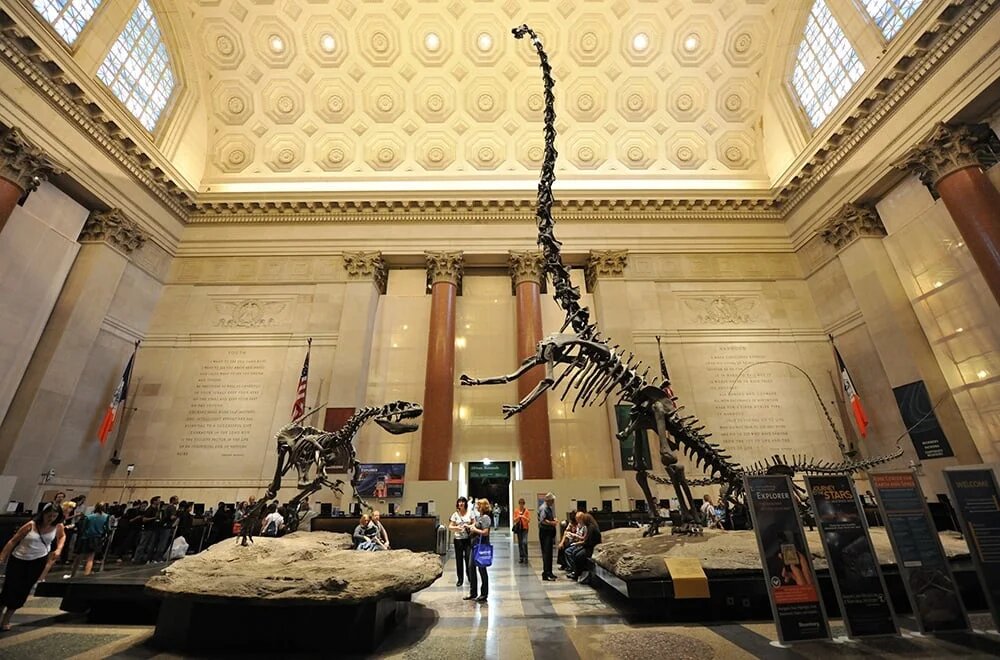
First and foremost, museums function as historical repositories. They provide visitors with a tactile connection to the past through carefully chosen exhibitions, allowing them to explore important events, movements, and individuals that have influenced the course of human civilization. Whether it’s a natural history museum showing fossils and geological specimens or a historical museum honoring a specific era’s challenges and successes, these institutions provide several possibilities for learning and reflection.
Museums serve as guardians of art, providing a venue for the preservation and enjoyment of creative expression in a range of genres and forms. Museums, with their historical treasures and modern installations, allow visitors to immerse themselves in the beauty and complexity of artistic expression. Exhibits, seminars, and educational programs help people comprehend the role of art in society and its potential to inspire, provoke, and question.
Museums protect our shared human legacy by preserving objects, artworks, and historical narratives for present and future generations. They serve a variety of purposes in society, including educational institutions, cultural hubs, and forums for critical thinking and argument. Museums are important in the United States, with its diverse terrain, because they provide insights on the country’s rich history, creative traditions, and cultural development.
In addition to serving as an archive for history and art, museums have an essential teaching role. They offer a range of educational programs for children, families, and lifelong learners. Museums provide visitors with dynamic learning experiences through guided tours, lectures, seminars, and interactive displays that encourage curiosity, critical thinking, and cultural awareness. Museums enable visitors to try out new ideas, perspectives, and disciplines by making learning more accessible, entertaining, and relevant.
List of the Top 10 Museums in the US
Let’s explore the top 10 museums in the United States that stand out for their rich collections and cultural significance:
- The Metropolitan Museum of Art (The Met) – New York
- The Smithsonian Institution – Washington, D.C
- The Art Institute of Chicago – Chicago
- The Getty Center – Los Angeles
- The Museum of Modern Art (MoMA) – New York
- The National WWII Museum – New Orleans
- The American Museum of Natural History – New York
- The Museum of Fine Arts – Boston
- The Philadelphia Museum of Art – Philadelphia
- The Field Museum of Natural History – Chicago
1. The Metropolitan Museum of Art (The Met) – New York
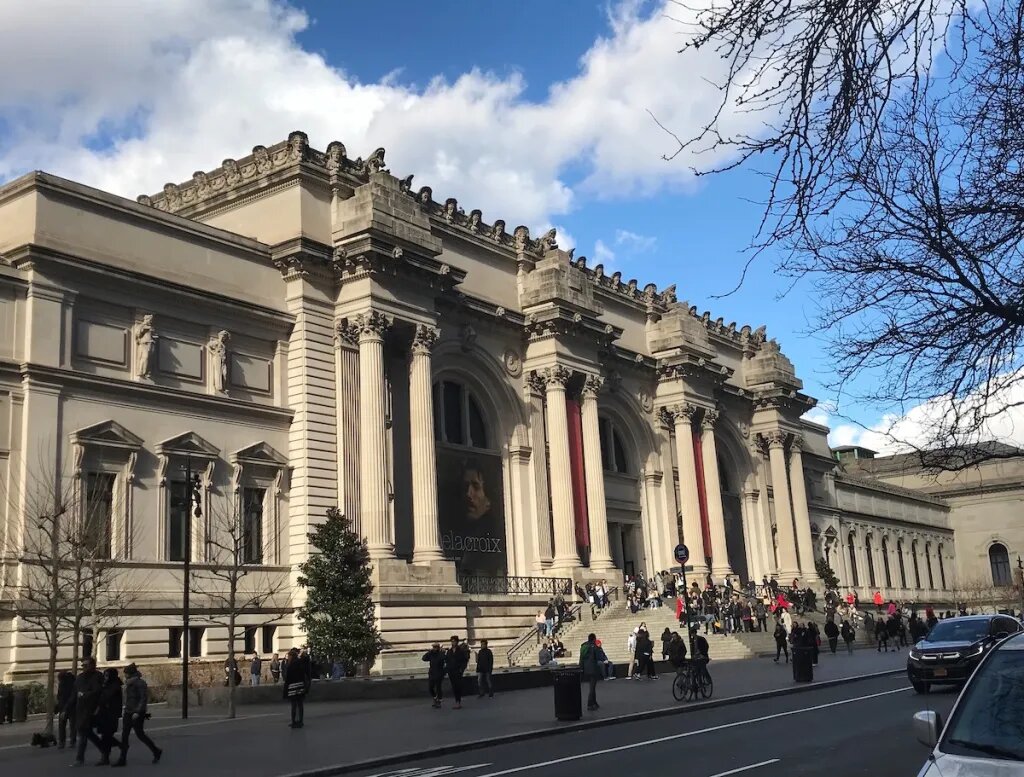
The Metropolitan Museum of Art, located amid the bustling streets of New York City, is a massive testament to America’s cultural heritage, proudly claiming the title of the country’s largest museum. Within its vast halls, there is an astonishing collection of approximately two million pieces from various epochs and civilizations. Among its various treasures are well-known paintings by luminaries like as Rembrandt, van Gogh, and Picasso, each illustrating the timeless power of artistic expression.
The Met, with its incredible collection of over two million objects, deserves a place on the bucket lists of art and history enthusiasts alike. Furthermore, the museum is constantly expanding its offerings with exciting special exhibitions including treasures from all over the world. Moreover, its fascinating lecture series provides visitors unique insights into the complex fabric of human culture and innovation.
The Metropolitan Museum of Art is more than just a museum; it is a cultural monument that art lovers all around the world value. Its enormous size defies simple investigation; one could pay for multiple journeys and still only scratch the surface of its attractions. The Met’s collection spans the entire spectrum of human ingenuity and imagination, from the majestic grandeur of an Egyptian temple to the delicate craftsmanship of ancient Greek and Roman sculptures, from the terrifying armor of the Middle Ages to the evocative beauty of Nigerian ivory masks.

Among the countless treasures to be unearthed, a handful stand out as absolute must-sees. The Met offers a sensory feast unlike any other, from the captivating allure of Hatshepsut’s Sphinx to the compelling drama of Caravaggio, from the sublime beauty of Vermeer’s European paintings to the ethereal elegance of Botticelli’s masterpieces. Furthermore, the museum’s Egyptian Collection, which includes treasures such as Perneb’s tomb and the towering Temple of Dendur, offers an amazing glimpse into the ancient civilizations that shaped our world.
2. The Smithsonian Institution – Washington, D.C
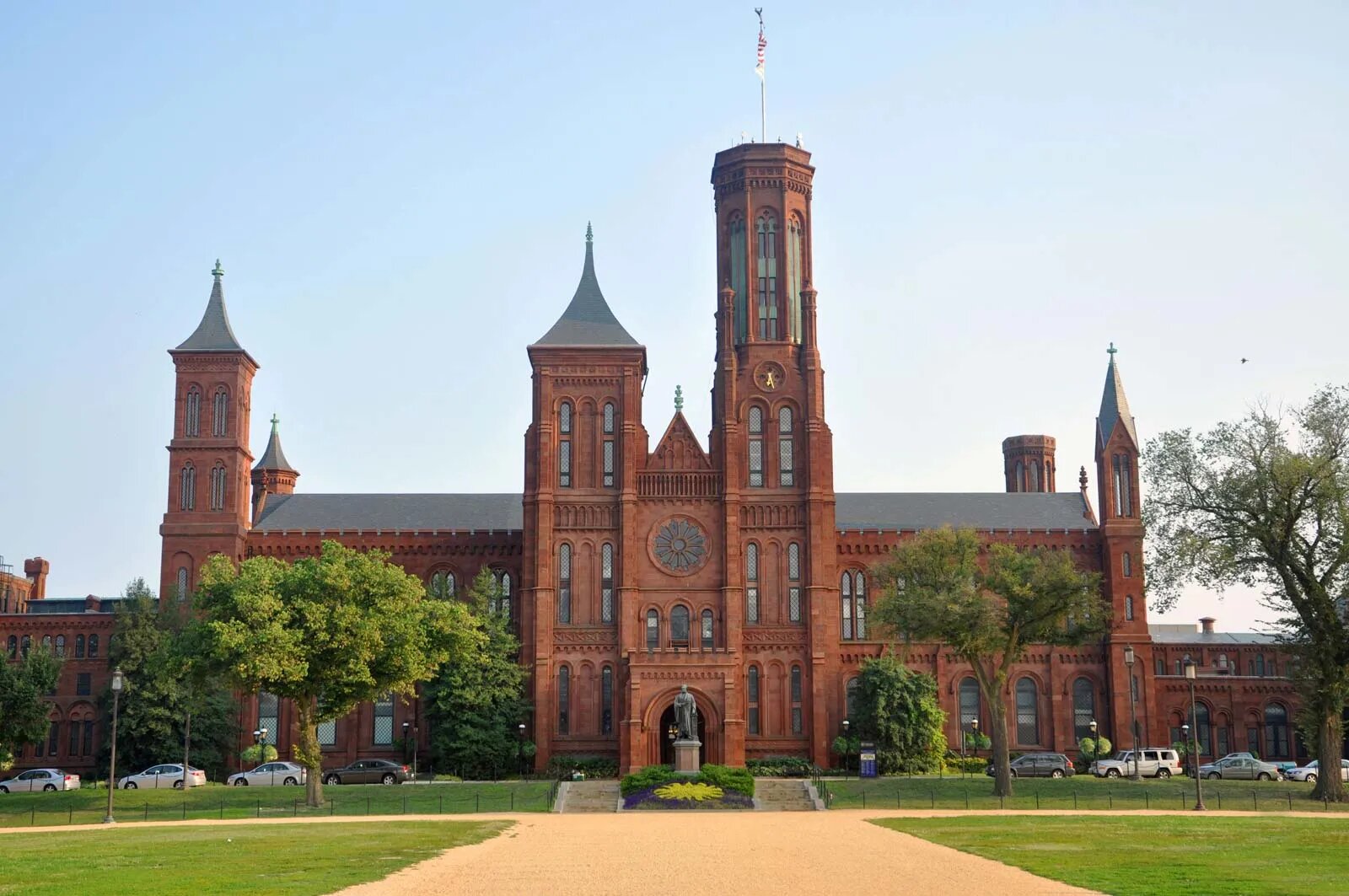
The Smithsonian, with its network of 17 museums and galleries, is a true treasure trove of history and innovation, engaging visitors with a rainbow of human achievement. Among its many wonders are legendary items such as the Wright brothers’ pioneering aircraft and the illustrious Hope Diamond, both of which offer a glimpse into the fabric of human creation and desire.
The Smithsonian is a beacon of excitement and astonishment, enticing even the most museum-averse visitors with its fascinating exhibits and interactive displays. From curious youngsters to seasoned enthusiasts, its hallowed corridors have something for everyone.
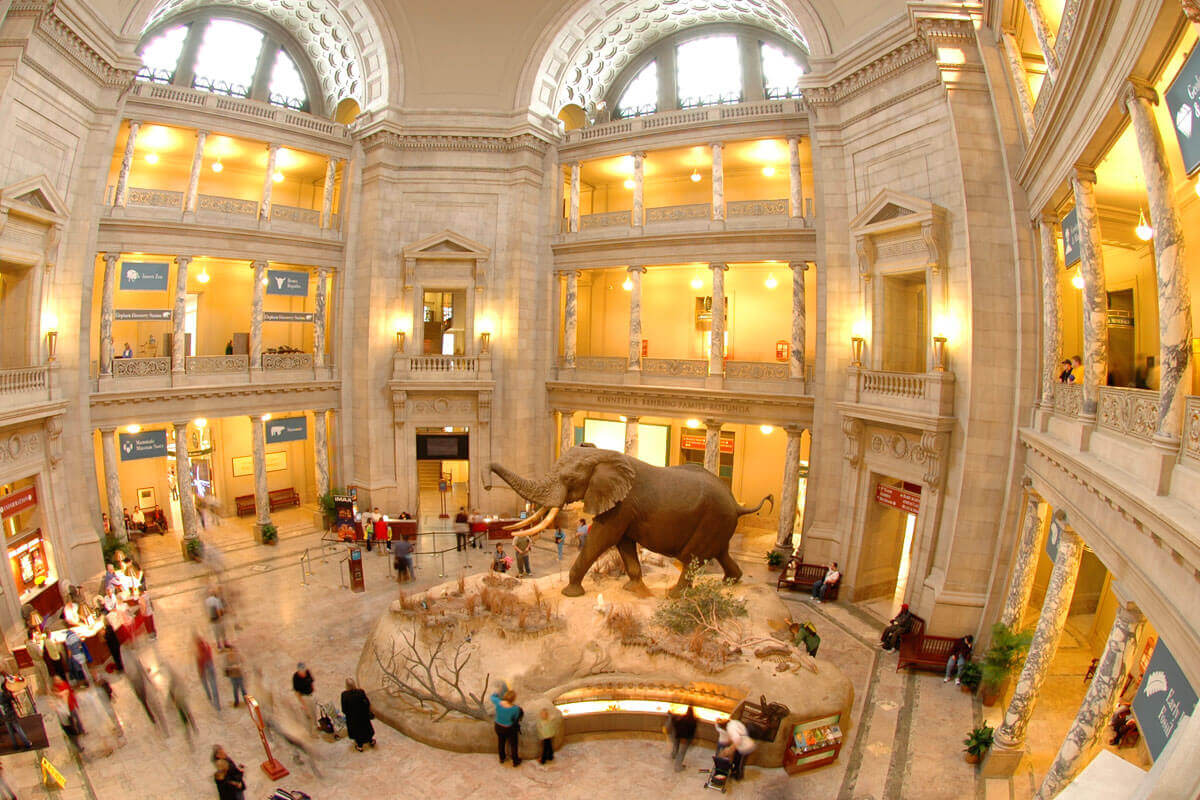
Take a thrilling trip through the history of flight, following in the footsteps of pioneers like the Wright brothers and Charles Lindbergh. Admire the early aircraft vehicles that dared to defy gravity, such as the Wright Brothers’ 1903 Flyer and Lindbergh’s iconic “Spirit of St. Louis,” which carried him on the first solo nonstop transatlantic flight in 1927. Discover remnants from the renowned Apollo missions, which provide insight into humanity’s quest to reach for the stars.
The Smithsonian’s aviation and space collection has the world’s biggest collection of aerospace artifacts, including the iconic Wright Brothers’ 1903 Flyer, Lindbergh’s historic “Spirit of St. Louis,” the LM lunar module, and even a model of Star Trek’s legendary Starship Enterprise.
3. The Art Institute of Chicago – Chicago
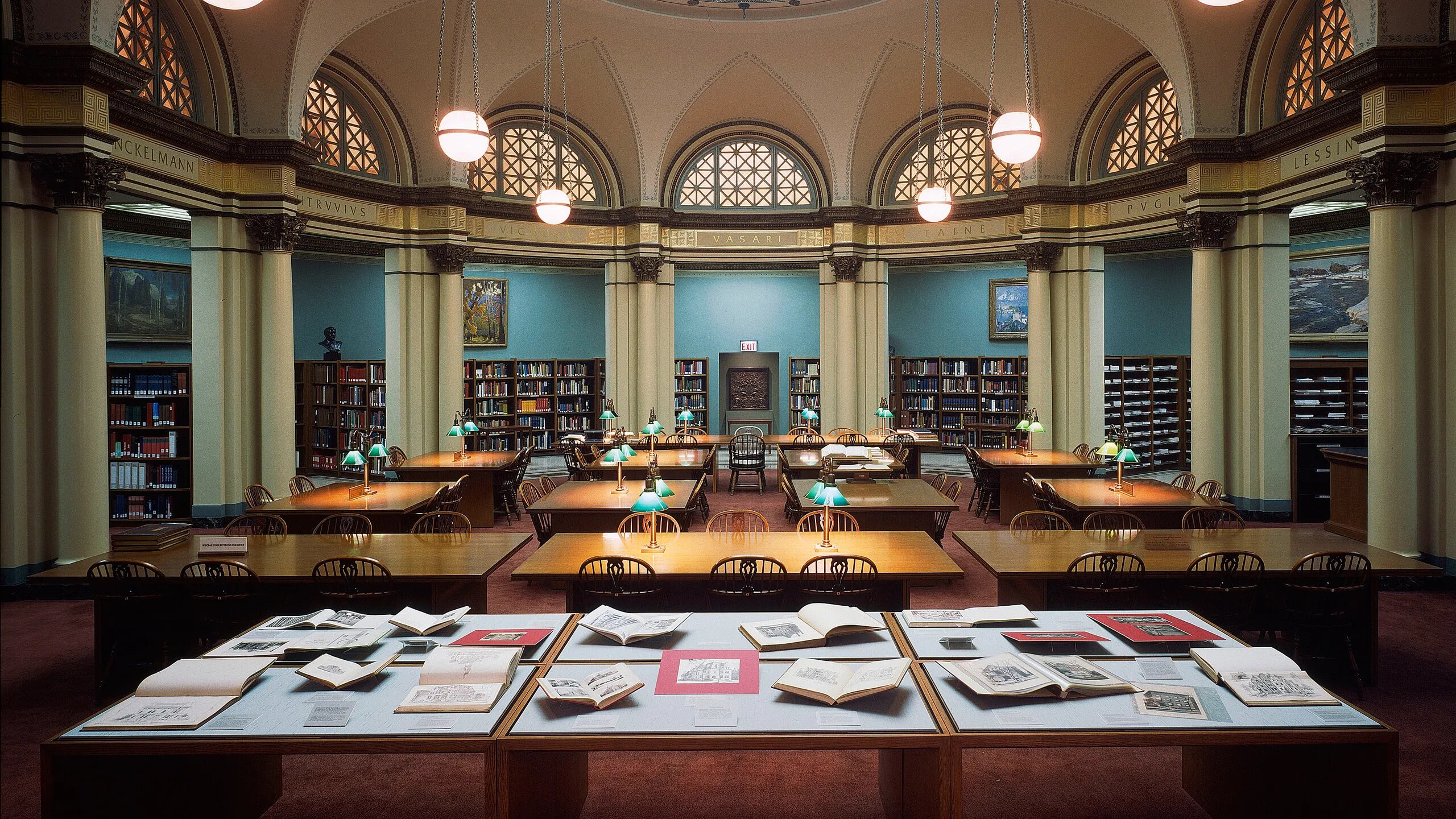
Located inside the rich tapestry of the Windy City, the Art Institute of Chicago stands as a beacon of cultural brilliance, containing some of the world’s most renowned artworks. The museum’s collection ranges from the spooky appeal of Edward Hopper’s “Nighthawks” to the rustic beauty of Grant Wood’s “American Gothic,” capturing the spirit of human ingenuity throughout history.
With almost 300,000 works in its collection, the Art Institute of Chicago is one of the world’s leading art museums. Its prime location in Millennium Park adds to its appeal, providing a stunning backdrop for tourists’ cultural adventures.
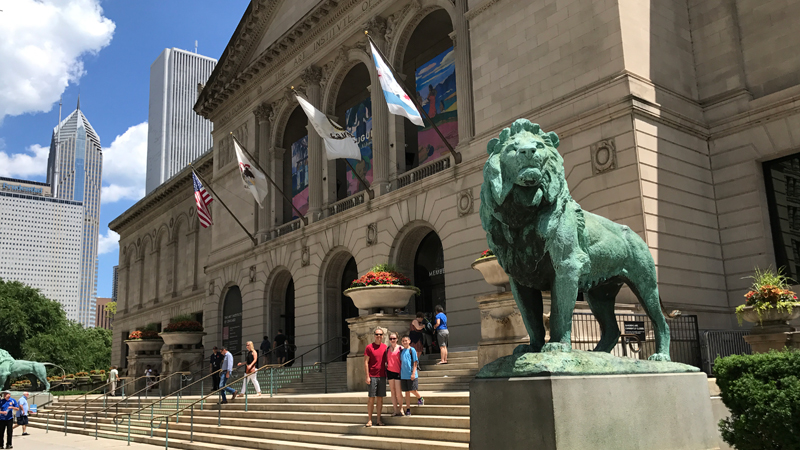
The Art Institute of Chicago, nestled inside the rich tapestry of the Windy City, serves as a beacon of cultural brilliance, containing some of the world’s most renowned works. From the spooky appeal of Edward Hopper’s “Nighthawks” to the rustic beauty of Grant Wood’s “American Gothic,” the museum’s collection captures the spirit of human creation throughout history.
With almost 300,000 works in its collection, the Art Institute of Chicago is one of the world’s finest art museums. Its prime location in Millennium Park adds to its allure, providing a breathtaking backdrop for tourists’ cultural adventures.
4. The Getty Center – Los Angeles

Perched atop the hills of Los Angeles, the Getty Center is a beacon of creative quality, offering travelers stunning views as well as a treasure trove of paintings by renowned painters such as Van Gogh and Rembrandt.
The Getty Center is more than just a museum; it is a stunning example of modern architecture created by the great Richard Meier. Its sloping and circular structure fits beautifully with the surrounding 86 acres of finely manicured gardens, resulting in a calm haven where visitors can wander among magnificent beauty after immersing themselves in galleries.
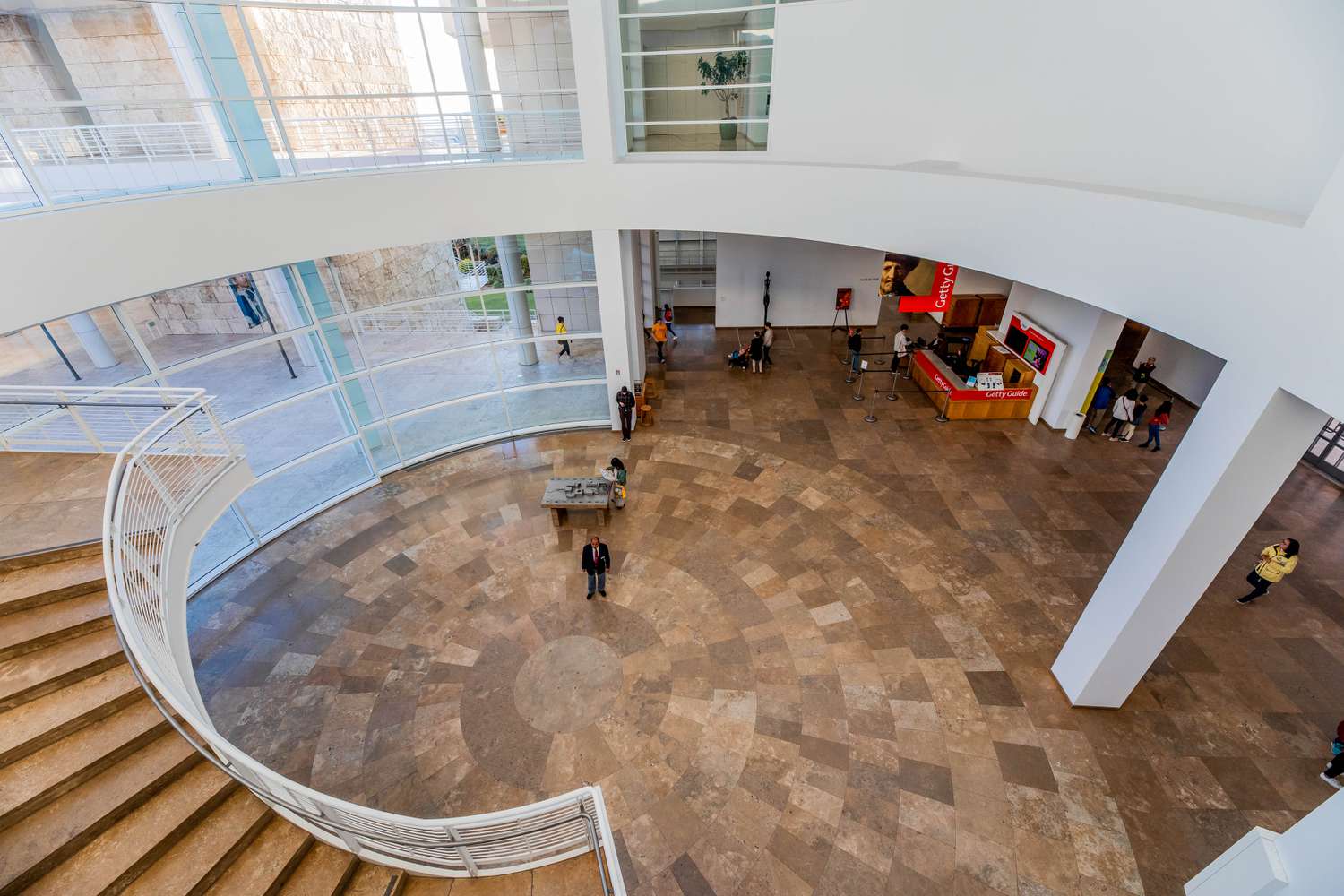
The Getty Center’s collection spans European art from the Renaissance to the current day, offering a rich tapestry of artistic expression and creation. However, its offerings extend far beyond traditional boundaries, encompassing photography, decorative arts, and a wide range of other treasures. And the best part? Admission is free, ensuring that everyone can enjoy the benefits of art and culture.
The Getty Center’s must-sees include Van Gogh’s vibrant “Irises,” which dazzle with their luminous hues; Rembrandt’s poignant “Old Man in Military Costume,” a testament to the artist’s mastery of portraiture; Monet’s “Portal of Rouen Cathedral in the Morning Light,” which captures the fleeting beauty of dawn; and James Ensor’s provocative “Christ’s Entry into Brussels,” a bold and surreal interpretation of a biblical scene.
5. The Museum of Modern Art (MoMA) – New York
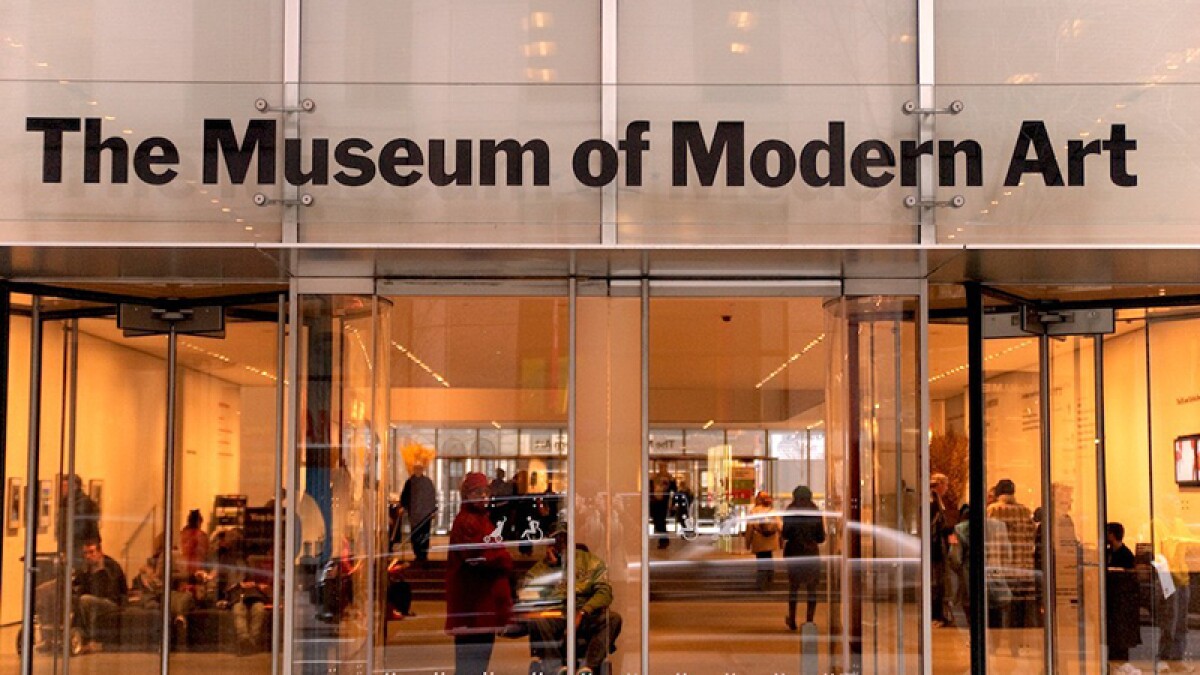
The Museum of Modern Art (MoMA), located in the heart of Manhattan, is a dynamic hub of modern and contemporary art, housing an unparalleled collection of artifacts spanning creative tendencies and decades. From Picasso’s groundbreaking brushstrokes in “Les Demoiselles d’Avignon” to Van Gogh’s enthralling swirls in “The Starry Night,” MoMA takes tourists on a fascinating journey through the history of creative expression.
With iconic pieces such as van Gogh’s “Starry Night,” Dali’s “Persistence of Memory,” and Frida Kahlo’s “Self-Portrait with Cropped Hair,” MoMA has one of the world’s top contemporary art collections, attracting visitors from near and far to experience its rich tapestry of creativity and invention. Visitors return frequently to study its extensive collection, which includes over 200,000 pieces.
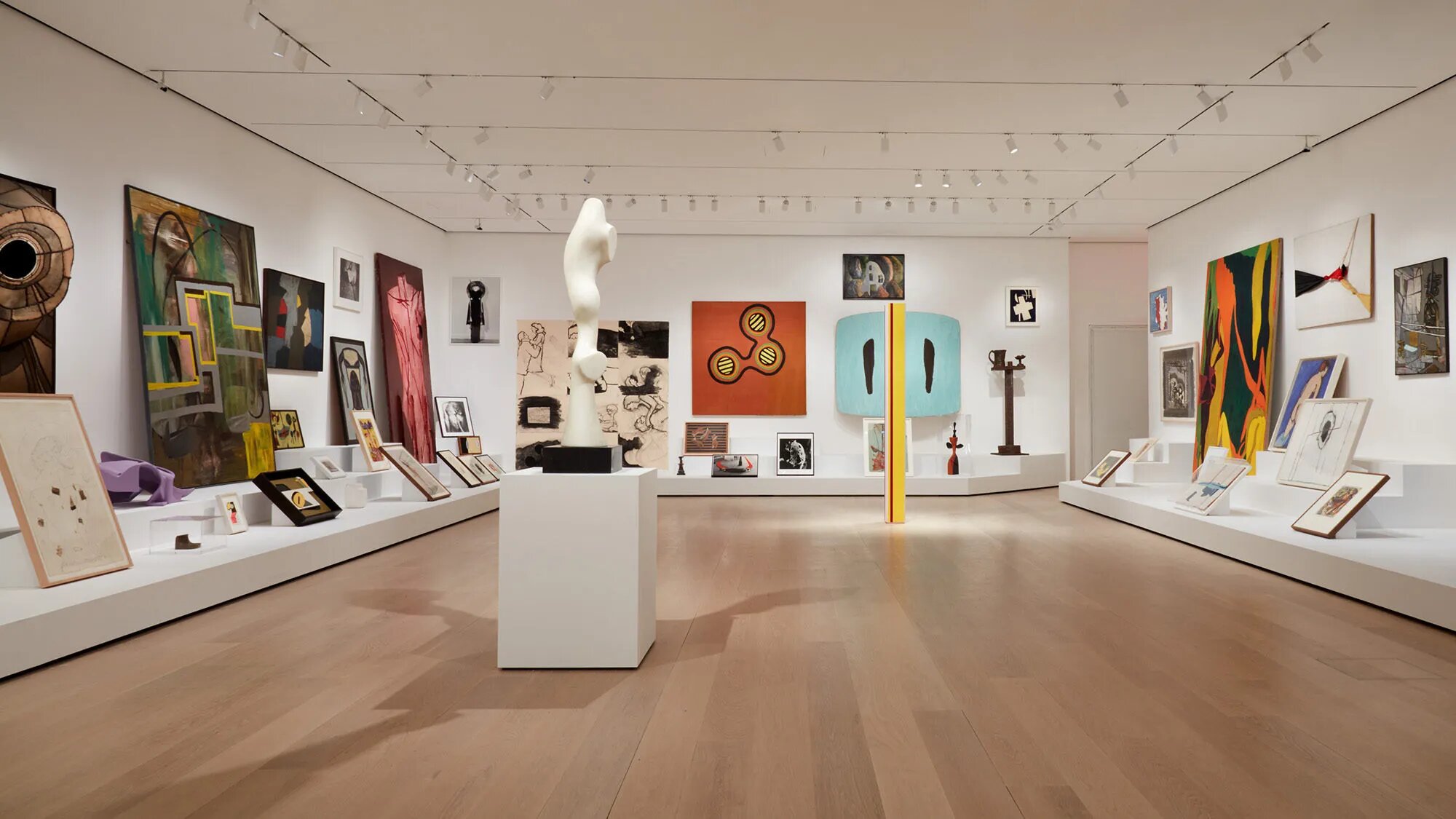
From the ethereal beauty of Monet’s “Water Lilies” to the daring experimentation of Roy Lichtenstein’s “Drowning Girl,” MoMA’s collection spans impressionism, cubism, abstract geometry, and beyond. Following a recent $450 million restoration and extension, the museum now has better facilities, including a new chamber for live and experimental programming, ensuring its position at the forefront of creative innovation and engagement.
Among the must-sees at MoMA are Roy Lichtenstein’s iconic “Drowning Girl,” Monet’s tranquil “Water Lilies,” Salvador Dali’s enigmatic “Persistence of Memory,” Picasso’s breakthrough “Les Demoiselles d’Avignon,” and Van Gogh’s ageless “The Starry Night.”
6. The National WWII Museum – New Orleans
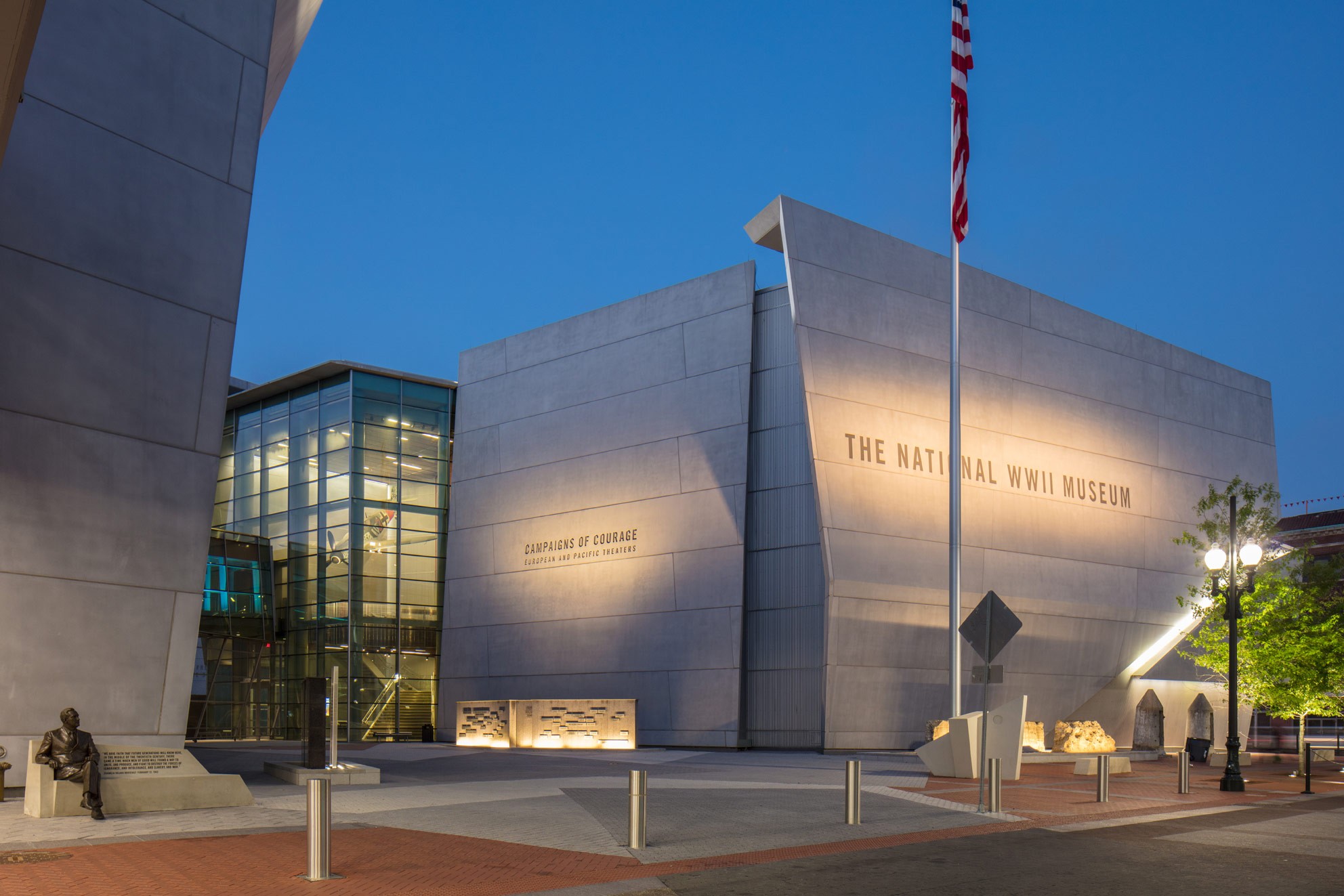
This museum in New Orleans transports visitors to the heart of World War II history, providing an immersive and comprehensive understanding of the conflict’s events and long term consequences.
World War II marked a watershed point in American history and society, significantly affecting the country. This massive and brilliant museum in New Orleans is the best place to get a comprehensive understanding of this historic era.
This museum in New Orleans transports visitors to the heart of World War II history, providing an immersive and comprehensive understanding of the conflict’s events and long term consequences.
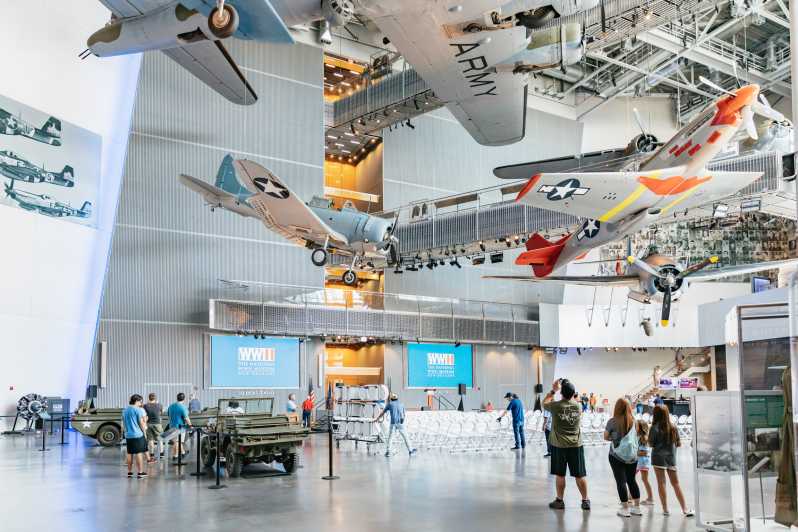
World War II marked a watershed point in American history and society, significantly affecting the country. This massive and brilliant museum in New Orleans is the best place to get a comprehensive understanding of this historic era.
The Campaigns of Courage exhibit is a must-see at the museum, telling a riveting story about the war’s major battles and campaigns. Visitors can also marvel at old planes and vehicles that embody the spirit of the time. The Tom Hanks-narrated 4-D video “Beyond All Boundaries,” which depicts the war’s aftermath in a visceral and immersive manner, is a highlight of the museum. Finally, interactions with veteran docents offer a one-of-a-kind opportunity to interact with those who lived during this historic time.
7. The American Museum of Natural History – New York
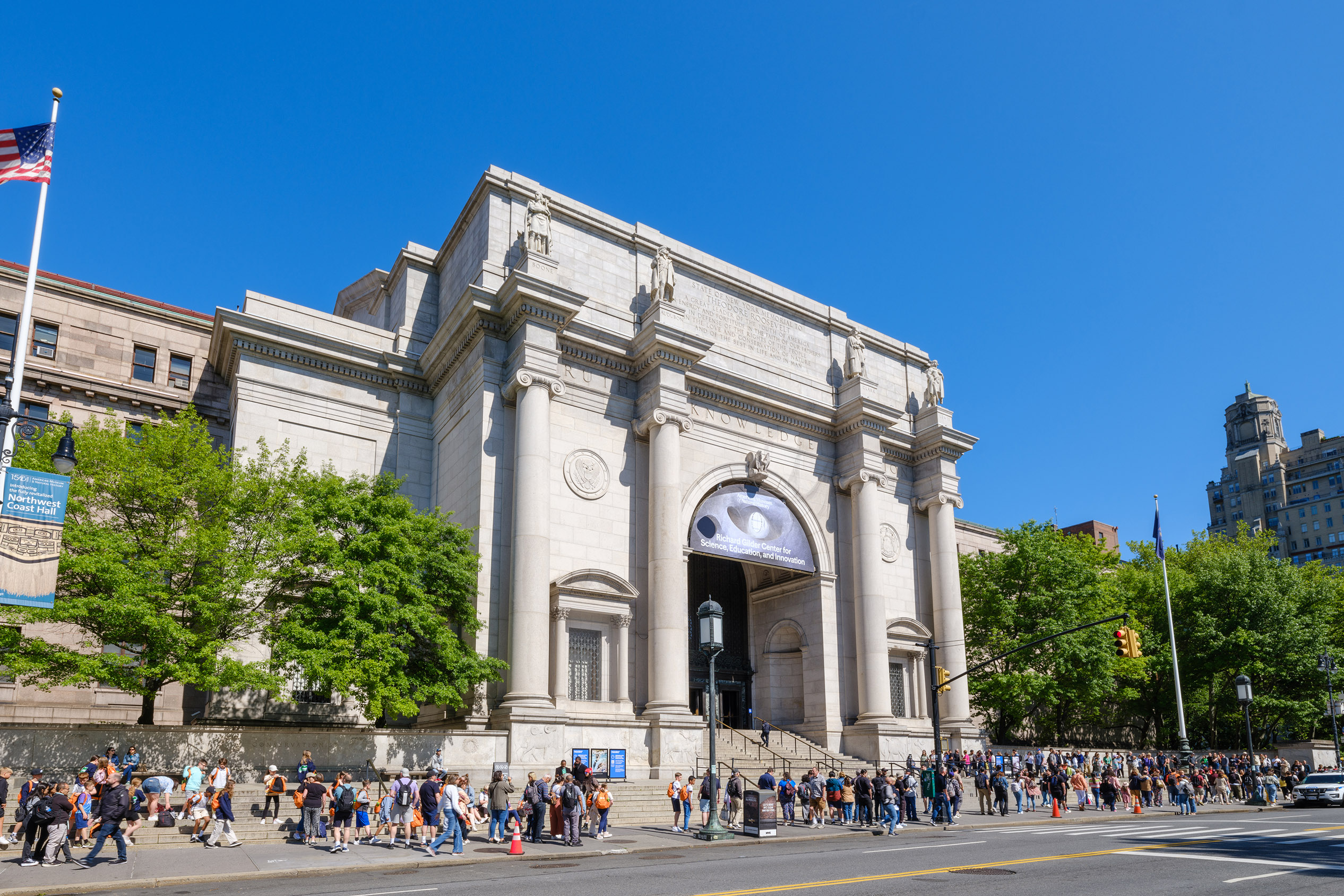
This museum in New York City transports visitors to the wonders of the natural world via fascinating exhibitions on dinosaurs, space exploration, and biodiversity.
While the Smithsonian National Museum of Natural History in Washington, D.C. is well-known, New York’s first museum stands out for its unique exhibits. This institution is a world leader in scientific museums, boasting an impressive collection of over 32 million specimens.
Visitors to its ancient hallways will encounter a diverse range of treasures, including awe-inspiring dinosaur fossils, perfectly preserved taxidermied elk specimens, and fascinating undersea animals from throughout the world. The museum offers an interactive experience with captivating displays such as a dynamic space wing and immersive 3-D film presentations that bring science to life.

The Dinosaurs and Fossils exhibit, which features the museum’s extensive collection, including the renowned Tyrannosaurus Rex skeleton, is a must-see. The Hayden Planetarium transports guests on an immersive journey through space, with events and exhibits that inspire wonder and awe. Step inside the Butterfly Conservatory, a tropical paradise awash in the vibrant colors of flying butterflies. Finally, the Hall of Biodiversity enables visitors to explore the world’s many ecosystems and understand the importance of conservation.
8. The Museum of Fine Arts – Boston
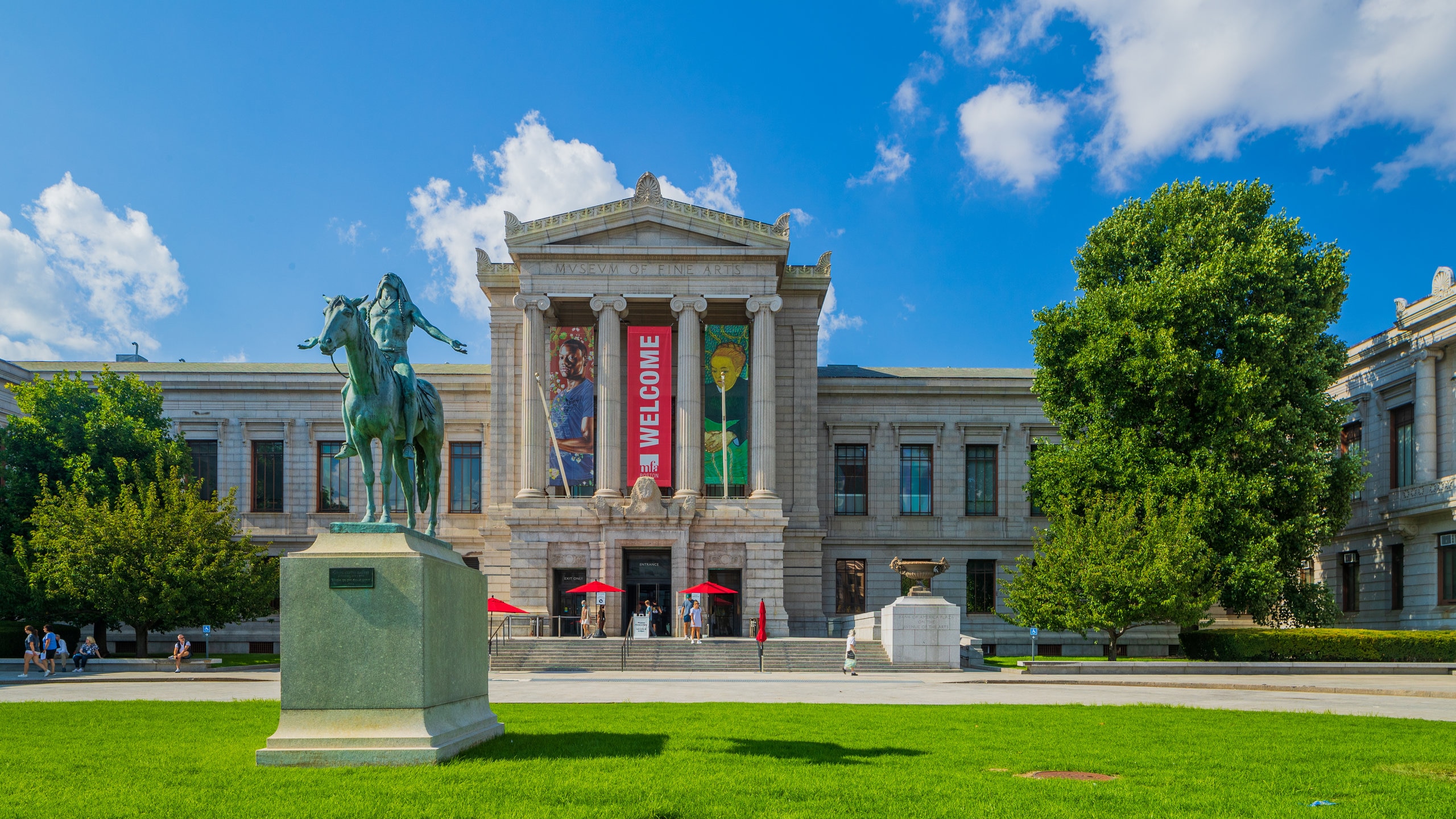
The Museum of Fine Arts in Boston is a vibrant cultural hub in New England, with a rich collection of artworks from various eras and nations.
This institution is a source of tremendous pride for Bostonians, who can boast that it contains North America’s second-largest art collection, trailing only The Met. While the museum’s primary focus is on European and American art, including a spectacular Monet collection that rivals those found in Paris, it also includes a diverse spectrum of creative treasures from throughout the world. The Ancient Egyptian statues are especially renowned, enticing travelers with their timeless appeal.
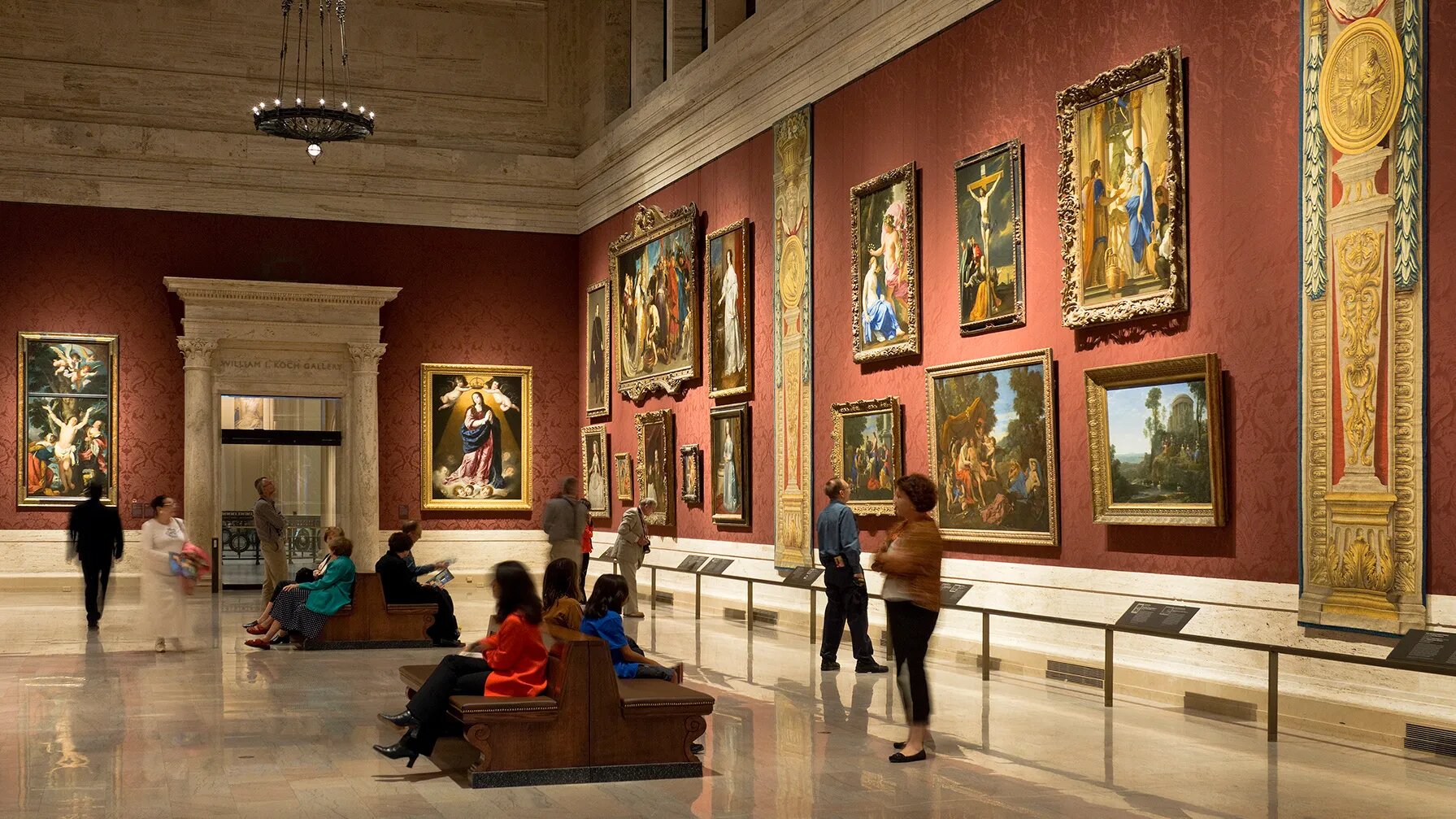
The Song Dynasty Nine Dragons scroll, an ancient Chinese art masterpiece famed for its amazing detail and symbolism, is a must-see at the museum. Visitors also come to witness the Portrait of Paul Revere, a great American legend rendered with extraordinary realism. Claude Monet’s Woman in a Japanese Embroidered Dress demonstrates the artist’s fascination with light and color, whereas Dale Chihuly’s massive Lime Green Icicle Tower captivates with its ethereal beauty and grandeur.
9. The Philadelphia Museum of Art – Philadelphia

The Philadelphia Museum of Art, famous for its iconic steps immortalized in the film “Rocky,” is a cultural treasure with a vast and diverse collection of art from all over the world.
This museum, housed primarily in a historic 1928 building, is recognized as one of Philadelphia’s most important institutions. It is America’s largest art collection, with over 225,000 works, which fills residents with pride and demonstrates their strong appreciation for the city’s diverse cultural past.
The museum’s collection shows the breadth and depth of human artistic expression across millennia, including works from a variety of civilizations and regions around the world. Visitors can see paintings by Benjamin Franklin among masterpieces by Van Gogh, Renoir, Picasso, and Duchamp.
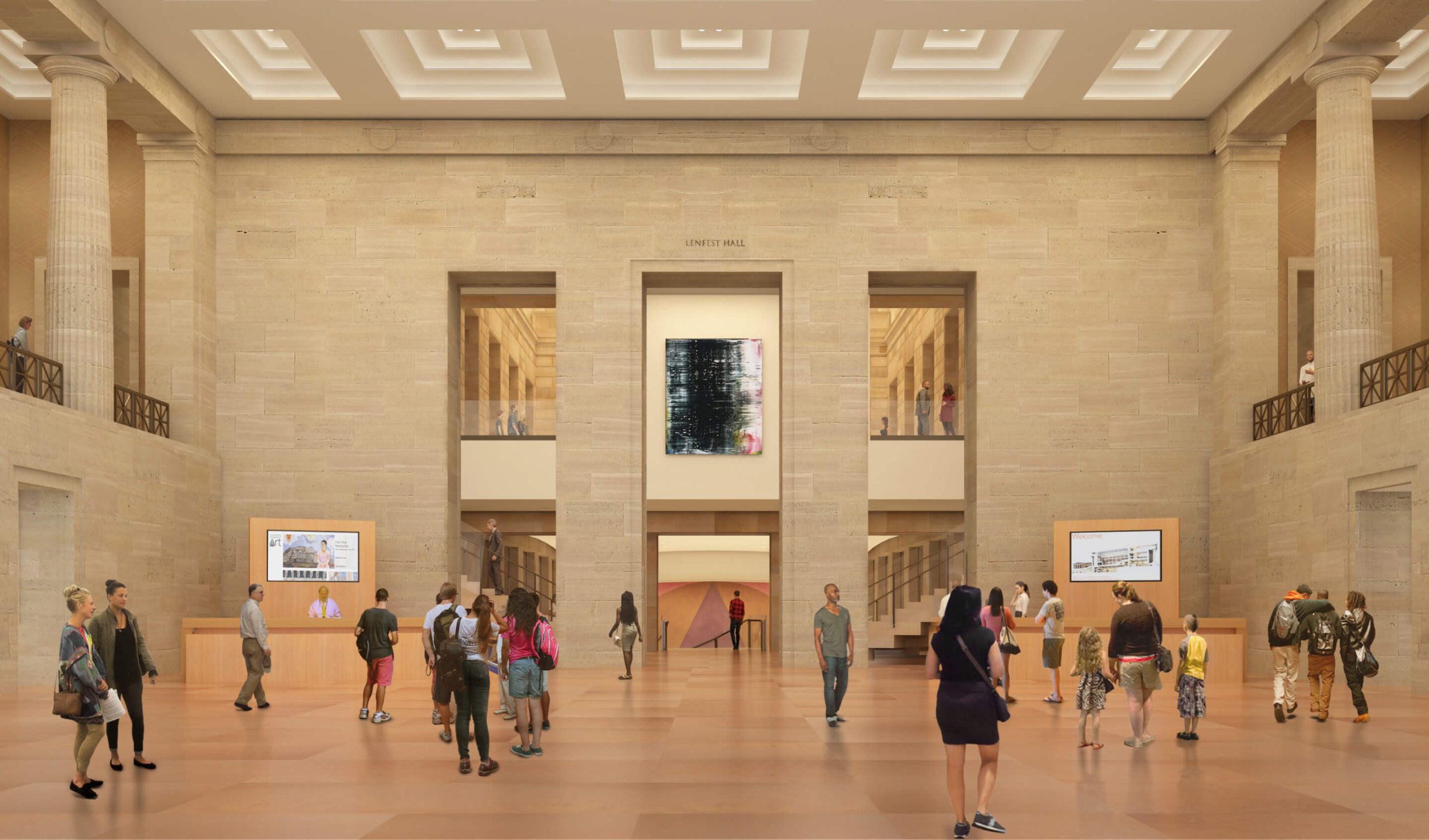
The museum’s collection of French Impressionist paintings is a must-see destination, providing insight into the revolutionary creative vision of the renowned French Impressionists. The Rotunda, with its distinctive architecture, is both a symbol of Philadelphia’s cultural heritage and a stunning sight in and of itself. Visitors can also visit a number of rotating special exhibitions showcasing diverse art forms and cultural perspectives from around the world. Finally, the museum’s collection of art from all around the world creates a rich tapestry of design, culture, and invention, providing visitors with a truly immersive and educational experience.
10. The Field Museum of Natural History – Chicago
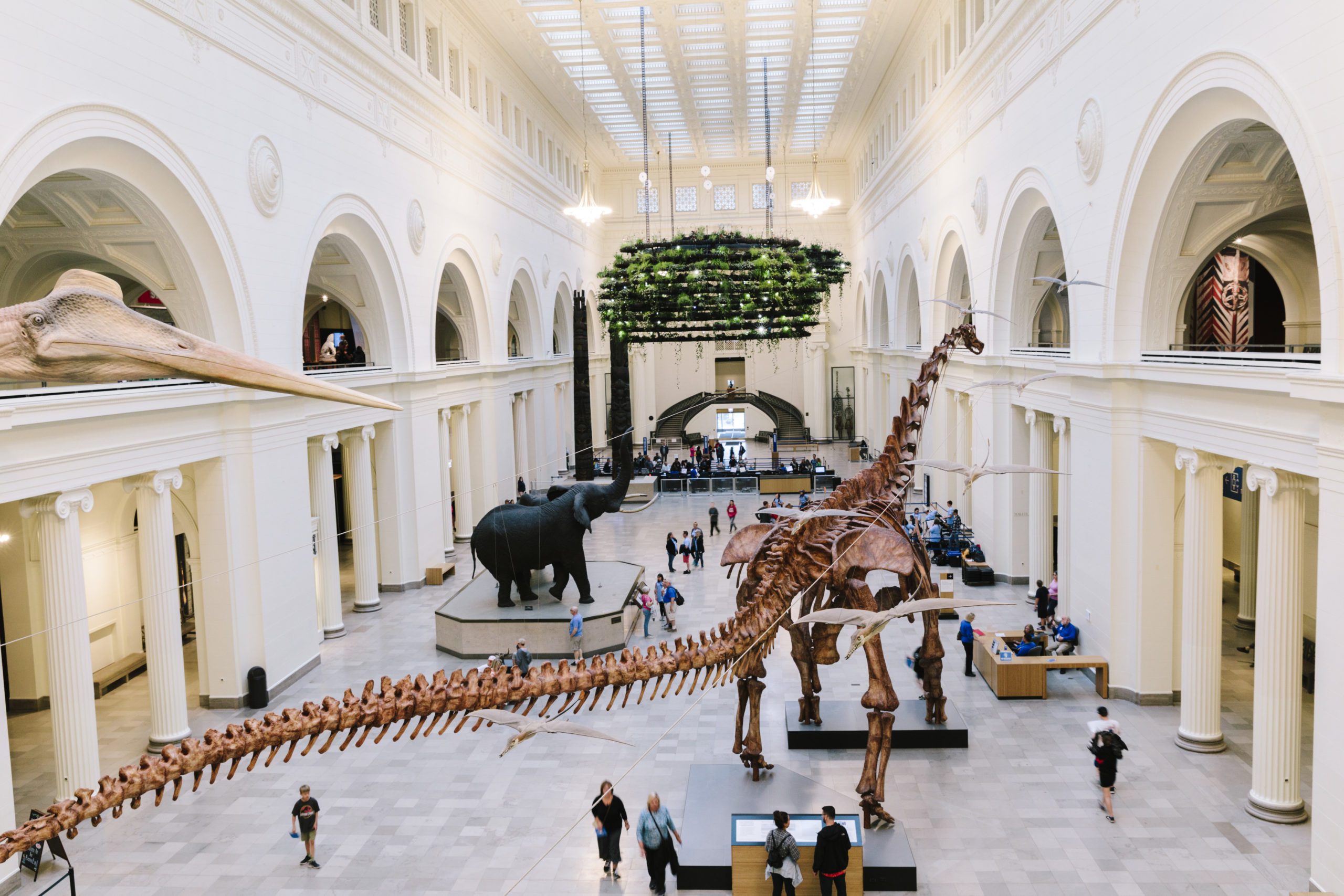
The Field Museum in Chicago, which focuses in natural history and anthropology, features an intriguing mix of exhibits on dinosaurs, ancient civilizations, and biodiversity.
While it may not be the best natural history museum in the United States (more on that later), the Field Museum deserves to be praised. With a vast collection of museums, fossils, and archaeological materials from throughout the world, it acts as a link between the past and the present, offering visitors a diverse exploration of the world’s natural and cultural history.
One of the museum’s most compelling features is its emphasis on the effects of climate change and their implications for the modern world. This timely and critical problem highlights the museum’s commitment to education and the environmental responsibility.
The T. Rex, the largest and most complete Tyrannosaurus Rex skeleton yet discovered, is one of the Field Museum’s most popular attractions. Its imposing appearance never fails to astound tourists. Explore the mysteries of ancient Egypt with the museum’s Egyptian collection, which comprises a wide range of artifacts and mummies from this legendary culture. Evolving Planet is an interactive exhibit that chronicles the evolution of life on Earth from prehistoric times to the present. Finally, learn about Native American tribes’ rich histories and cultures through exhibitions and artifacts that honor their long-lasting legacy.












